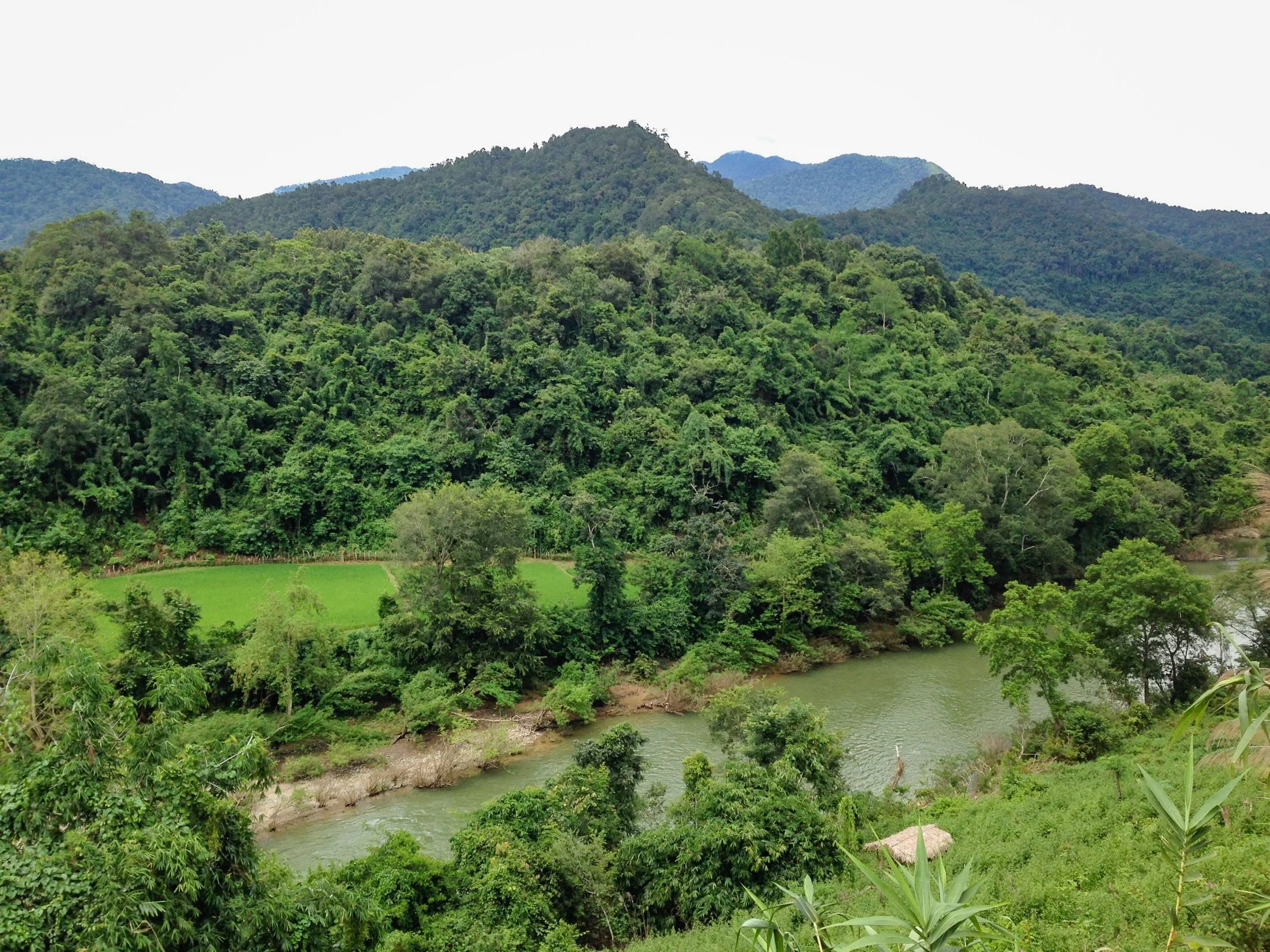The Illegal Wildlife Trade: The Greatest Direct Threat to Species?
Written by Wildlife & Welfare Researcher Shannon Phillips
This month, the focus of our Wildlife Calendar has been on the endangered species that inhabit Laos. One of the biggest global threats to conservation is the illegal wildlife trade. Here we investigate this issue, with a particular focus in the context of Laos.
Biodiversity of Laos
Laos is considered to be one of the 10 most important global biodiversity ecoregions, and is home to some of the world’s richest biodiversity. Laos encompasses four ecologically diverse regions: (a) the Northern Highlands; (b) the Annamites Range; (c) the Indo-Chinese karst landscapes; and (d) the Mekong plain. The diversity of these regions gives Laos its high level of biodiversity; however, despite this, the country is home to some of the world’s most endangered species.
Geographical Background
Laos, or officially the Lao People’s Democratic Republic (Lao PDR) is situated in Southeast Asia. Bordered by China, Vietnam, Thailand, Myanmar, and Cambodia, it is the only landlocked country in Southeast Asia. Unfortunately, the geographical positioning of Laos makes it a major highway for the illegal wildlife trade.
Historical Background
Following heavy bombing of the country between 1964 and 1973, Laos is estimated to be the most bombed country in history. As a result of multiple wars, political hostility, and the continuous threat posed by undetonated bombs, Laos remains one of the poorest countries in Asia. A high level of poverty has forced many people into working for the wildlife trade as a means to earn enough money to survive and provide for their families.
What is the Wildlife Trade?
Wildlife trade is defined as the sale or exchange of wild animals and plants by people. Whether for medicine, food, construction or culture, life is entirely reliant on wildlife products.
The estimated value of the legal wildlife trade is €100 billion in the EU alone.
Here, we are focussing on the illegal wildlife trade. Some examples of this are well known, such as the trade of elephant ivory, rhino horn, pangolin scales, and tiger bone. Run by dangerous international networks of poachers, traffickers and highly-organised criminal syndicates, wildlife is trafficked much like illegal drugs and arms. It is a highly lucrative business - with an estimated annual value of between $7-23 billion.
The Conservation Crisis
According to the WWF, the illegal wildlife trade is the largest direct threat to the future of many of the world’s most threatened species. It is second only to habitat destruction in terms of overall threats against species survival.
Wildlife Trade in Laos
Because of its strategic location, Laos is well known as a transit and distributing hub for illegal wildlife trafficking. Endangered species - or their parts and products - such as tigers, pangolins, rhinos, elephants, bears, turtles, and tortoises, have been reported as being illegally traded domestically and trafficked internationally.
The impact of Laos as a trafficking hub is not limited to wildlife in this region. Laos is a main trafficking corridor - facilitating the transport of animals from other countries (e.g. Africa) to Vietnam and China. The illegal wildlife trade prospers in Laos because of corruption and lack of regulation on the money moving between borders.
Laos is home to many endangered animals that are threatened by illegal trade and trafficking. These species are already vulnerable and face the pressures caused by habitat loss, logging, and hunting. Wildlife trafficking in Laos ranges from live turtles, monkeys as pets, and bears trafficked for bear bile farms (used in traditional Chinese medicine practices).
Improvement?
In 2004 Laos joined the Convention on International Trade in Endangered Species (CITES), declaring the trade of wildlife products illegal within the country. Unfortunately, it is widely reported that the Laotian Government does not abide by the declaration; it was reported that in 2014, £35 million worth of animal body parts were allowed to be trafficked across their borders into China and Vietnam.
More recently, the government has clamped down on areas such as the Chinese-run Golden Triangle Special Economic Zone (SEZ). Prior to a televised government raid in 2015, the sale of endangered animal products such as tiger bone wine, bear bile powder, and ivory bracelets was common. The trade has since been decreasing, with many boutiques and businesses closing. However, many fear that the trafficking has just been driven ‘underground’, with social media facilitating the trade.
Phou Sithone National Protected Area
Action to Stop
In partnership with the Laotian Government, the Wildlife Conservation Society (WCS) has introduced the Cooperative Action to Stop Illegal Wildlife Trade (CoAction). The program aims to tackle illegal wildlife trafficking in Laos by strengthening law enforcement in the country, within and across borders.
More recently, work by TRAFFIC has been underway to educate enforcement officers in Southeast Asia using newly developed resources. Unfortunately, the illegal wildlife trade is an ongoing battle - charities such as TRAFFIC, WWF, and the World Animal Protection, are working tirelessly to reduce the devastating impacts of the trade on vulnerable species. For further reading and information please visit the links below.
Further reading
How you can help:
Donate to TRAFFIC:
Volunteer at Laos Wildlife Sanctuary:
Donate to bears affected by bile farming:
If you would like to learn more about Wildlife Conservation in Laos, please click below to view our Wildlife Calendar:




